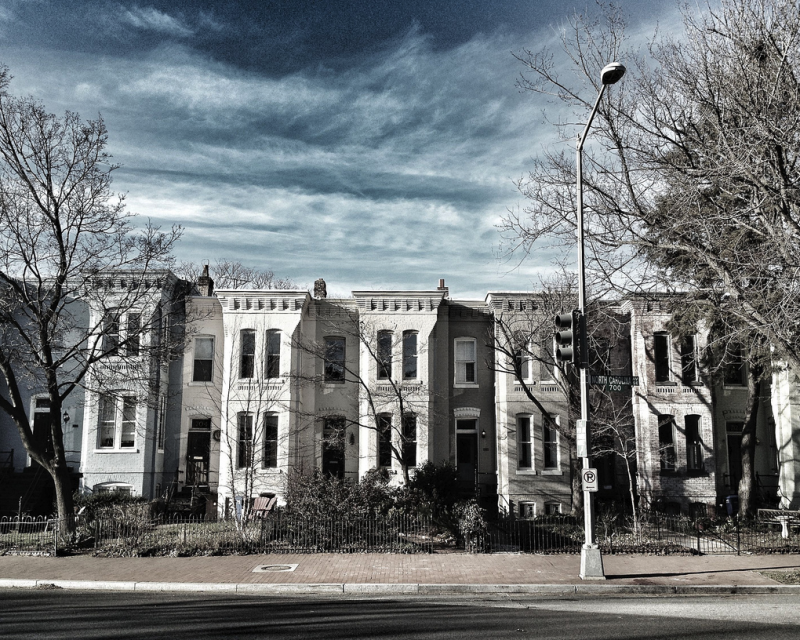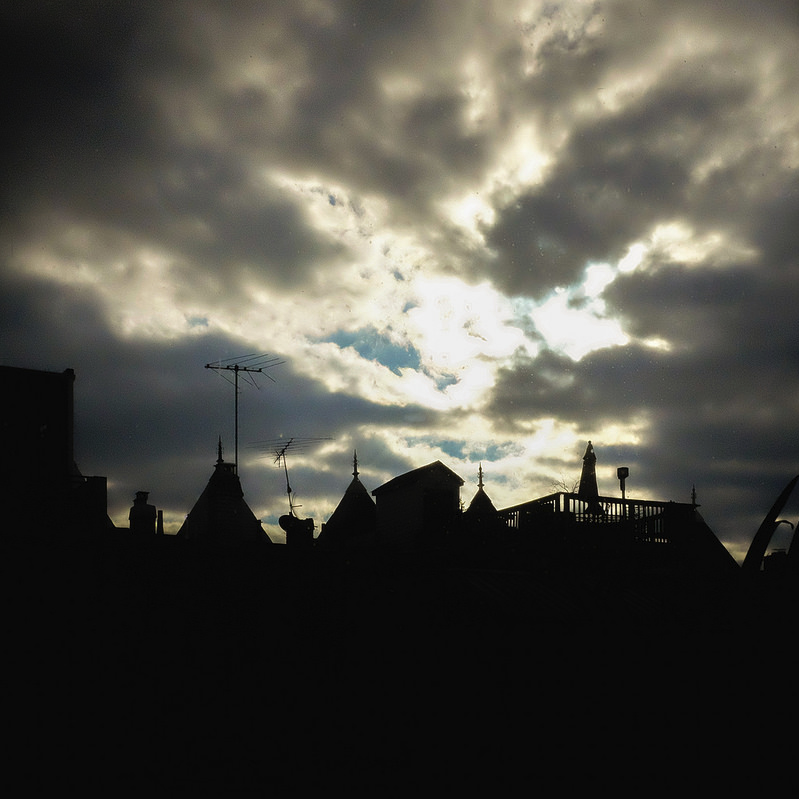$100k or no way: DC’s Home Purchase Assistance isn’t accessible to those who need it most

Image by rpmaxwell used with permission.
DC's Home Purchase Assistance Program (HPAP) is an affordable housing program that provides financial assistance to first-time homebuyers in the city. Unfortunately, HPAP is inaccessible to homebuyers who arguably need assistance the most.
Here’s how it works: eligible applicants can receive a maximum of $84,000 in loan assistance to cover down payment and closing costs, as well as a home loan that is interest-free for the first five years. Beginning in the sixth year, homeowners must begin to repay the loan and additional conditions can apply. The amount of funding an applicant is eligible to receive is determined by their Area Median Income (AMI).
The program provides distinct benefits for low- to moderate-income homebuyers ($38,600 to $84,900 for individuals). Saving for a down payment, for example, is usually the largest barrier to owning a home. Many DC residents find it difficult to save for a down payment as rent prices continue to increase and income growth remains largely the same. HPAP is designed to increase new homebuyers’ total down payment, thereby helping to lower interest rates and monthly mortgage costs.
Image by Rich Renomeron licensed under Creative Commons.
Here is one homebuyer’s experience with HPAP
Amy E. Allen, a single government contractor renting in southeast DC, spent a few months exploring the DC condominium (condo) and cooperative (co-op) housing market, hoping to transition from a rental unit to a permanent residence. Her desire to purchase seemed sound given real estate site Trulia’s recent determination that buying a home in DC is 36.4 percent cheaper than renting.
As part of her search, Allen began researching HPAP, but ended up expressing her disappointment: “DC has made it clear that anyone [earning] less than $100k isn't welcome.”
While HPAP appears to be a strong asset at face value, Allen found it lacking in several areas. For starters, HPAP does not take into consideration DC’s condo or co-op fees, which can range from $100-1,000 per month. Once a prospective buyer factors in a building’s condo or co-op fee, the applicant’s purchasing power decreases substantially.
Further, most of the condos and co-ops in Allen’s price point skewed towards the high end of her range — approximately $350-$400,000 — which, when paired with $500+ condo/co-op fees, pushed these houses out of Allen’s reach.
Between 2012 and 2014, there was a 4.7 percent reduction in the number of homes affordable for most HPAP borrowers, and the availability of affordable housing options in DC continues to shrink. Even if a condo/co-op is moderately priced, Allen has concerns about long-term affordability.
“If [a condo] costs only $289,000, that'd work out to $1,527/month (assuming a 10 percent down payment). Factoring in a condo fee of $935, [your monthly living payment] bumps up to $2,371/month before adding in property tax. It’s simply not sustainable.”
Image by ep_jhu used with permission.
It’s not just Allen who is having trouble
Analysts agree with Allen’s assessment: estimates suggest an individual would need to earn at least $90,000 to live alone in DC and spend less than the industry-recommended 33 percent of total income on housing costs. Ironically, people who make more than $84,900 are ineligible to receive assistance from HPAP.
HPAP seems to handicap those citizens it is intended to serve, preventing low-income and young people from participating in one of the greatest wealth-growth assets: home ownership. HPAP should take into consideration the ever-rising cost of DC's housing market, as well as condo/co-op fees.
As DC’s housing market continues to evolve, how the city manages its affordable housing programs will impact who gets to live here. Hopefully, if the city does its job, people like Amy Allen will soon have a place to call home.
